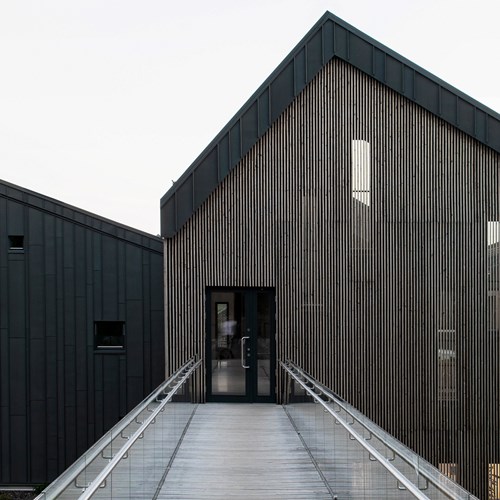
To view the content, please enable marketing cookies by clicking on the button below.
Cookie settings

“Healthcare facilities were historically built with the sole purpose of providing medical care, leading to the design of overly sterile and dark environments often completely disconnected from the outside world. These facilities focused very little on how the design impacted the patients and staff inside.
However, there has been a major shift in the healthcare industry to create more positive spaces that help patients heal faster, more comfortably, and ultimately help to provide better care. One of the ways architects are improving the design of healthcare facilities is though the incorporation of natural daylight, which has proven to be a powerful healing tool. Research has linked natural daylight to faster patient recovery rates, decreased dependency on medication and reduced staff and family stress.
Acoustic insulation and temperature control are other opportunities for architecture to positively contribute to occupants’ general well-being. Large high-performance glazing facades, windows and doors play an important part in this achievement.
Navigation and accessibility are important factors when considering that hospitals receive a large number of visitors every day. Safety, another essential feature, especially in psychiatric health premises, explains the importance of heavy-traffic large doors with secured locking and motorized systems.
Last, but not least, most healthcare facilities are open 24/7. Investors are subsequently looking for ways to reduce operating costs and are more and more opting for green constructions. These are cost-effective and boost low carbon emissions throughout the entire life cycle. Our solutions meet the requirements of healthcare buildings in terms of sustainability, comfort, safety and design. Curtain walls, windows and doors, which come in multiple versions, provide adequate answers
to the different needs expressed by professionals.
As part of Hydro group, we carry the commitment to sustainable development. As a global supplier of aluminium with activities spanning the entire value chain, Hydro aims to reduce its overall CO2 emissions by 30% by 2030.”